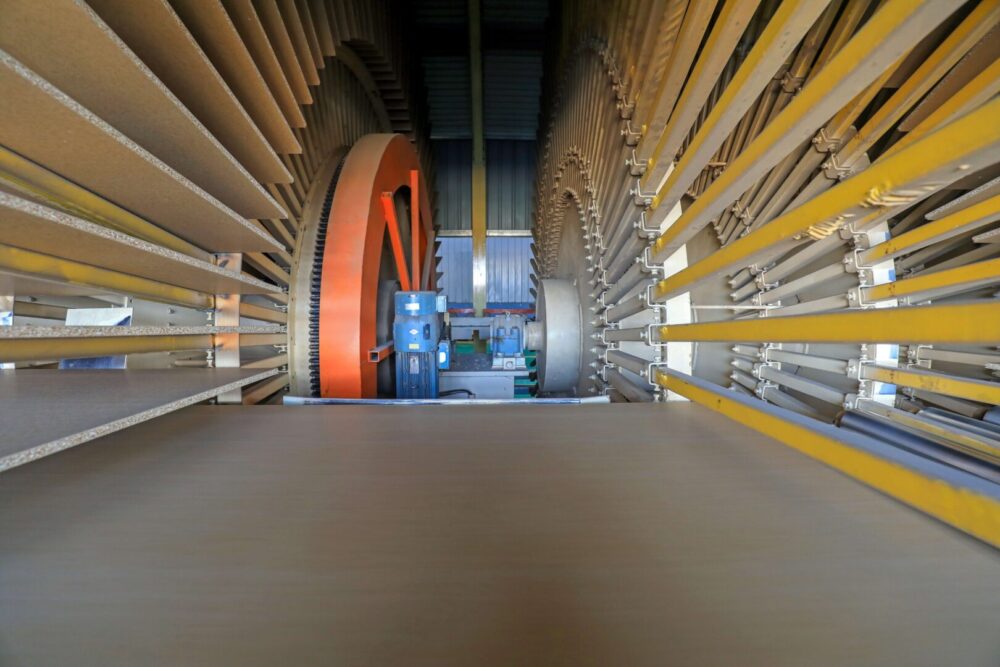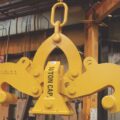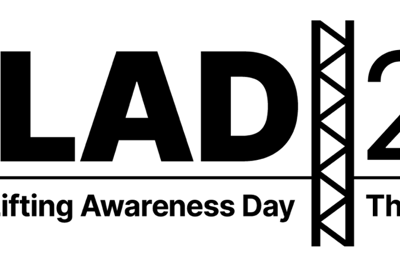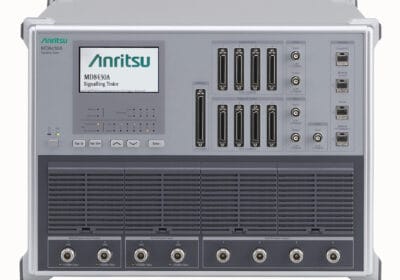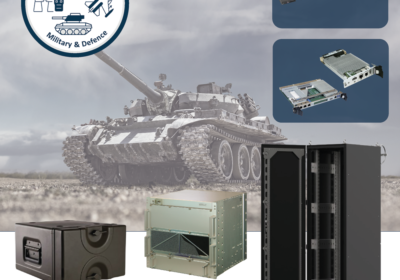Wood based panels are an important starting material for the building, packaging, furniture and flooring industries globally. Their processing involves turning chipping wood and recycled materials into high-quality final products. To achieve that, manufacturers need efficient conveyor belts. Here, Damian Marczak, industry segment manager and Mario Buchs, global application engineer at conveyor belt specialist Habasit, explain how to choose the right conveyor belts for each stage of wood panel processing.
While fabric belts are the preferred choice for wood based panels processing, the type, material and strength of the belts can influence the process efficiency and the final quality of the panel.
Chip preparation
The first step in processing wood panels is preparing the chips. Once the logs and recycled materials have been unloaded from trucks and scanned for unwanted materials like stone, metal, steel and sand particles, the chipper process begins. For this application, manufacturers use power transmission belts, which transmit power from the motor to the blade to cut the chips uniformly. Belts made from polyamide are the most suitable due to their high resistance to overloads as they absorb shock loads.
Bunker
After the chips are prepared, they are transported to the chip storage area, or the bunker. This process divides the chips into high quality material used for producing panels and rejected chips that will be used elsewhere. The most suitable belts for this application are fabric belts covered by either polyvinyl chloride (PVC) or thermoplastic polyurethane (TPU). Due to the slow and straightforward selection of chips, these conveyor belts can last for several years, without the need for repeated maintenance.
Forming
The selected high-quality wood fibres are sent to the forming and pre-pressing stages, where they are shaped into panels. The forming belts used here are one of the longest inside the plant, up to 220 metres long and over three metres wide. These are designed to run over live nosebars with high loads and long conveying distances. Their special design, specific material types, resistance to certain chemicals and ability to handle various environmental conditions enable manufacturers to produce all types of panels, including very thin ones at varying speeds
The most popular belt for manufacturers is the TPU-covered fabric belt, due to its high chemical resistance and ability to cope with harsh processing requirements. However, TPU belts are made using chemically processed adhesives that release harmful emissions. At Habasit, we already have belts in our portfolio that use bio-based glues, which will help manufacturers increase their plant’s sustainability.
Prepressing
The raw panel-shaped matt is then compressed before being thermally processed. Pre-pressing uses a minimum of two belts arranged on top of each other. The belts need to be extremely wear resistant and capable of sustaining a high level of pressure and force, which is why belt manufacturers use aramid as a traction layer. The innovative belts from Habasit use a unique crosslink polyurethane material, which increases the abrasion resistivity of belts.
Deaeration
While the panels are compressed, this step includes removing the air from the wood
fibres and creating uniform and homogenous surfaces. This stage requires wire mesh belts to allow the air to be removed from the panels. The most common type is the polyester wire mesh belt, whose weaving pattern allows for high and controlled air flow rates.
Lastly, the panels are processed and transferred to the pre-heater and the main press.
To ensure the end products meet quality standards, manufacturers need to use the most suitable belts and materials. At Habasit, we provide end-to-end belting solutions for wood based panels processing, designed with the customer’s needs in mind and meeting the highest industry standards.
For more information about Habasit’s solutions for wood processing, visit www.habasit.com.

